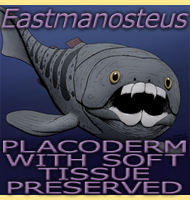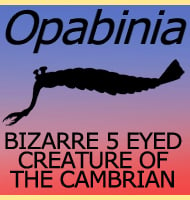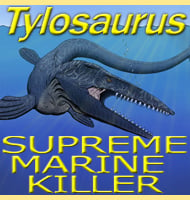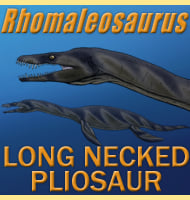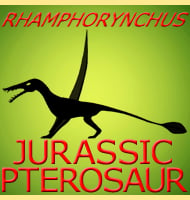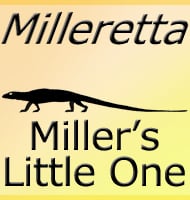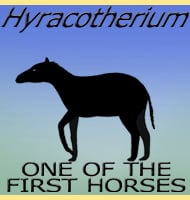In Depth
Astrohippus is one of many of the horse genera that were roaming around North America during the Miocene period, but it is one of the few to be considered a close relative of the Equus genus which is where modern horses belong, though the tooth structure of Astrohippus strongly suggests that Astrohippus is not directly ancestral to Equus. Astrohippus has been considered by some to be descended from the genus Pliohippus.
Further Reading
– Pliocene Horses of the Ocote Local Fauna, Central Plateau of Mexico Pliocene Horses of the Ocote Local Fauna, Central Plateau of Mexico. - The Southwestern Naturalist 18(3):257-268. - O. Mooser - 1973. - Astrohippus and Dinohippus. - Journal of Vertebrate Paleontology 4(2):273-283. - B. J. MacFadden - 1984.


